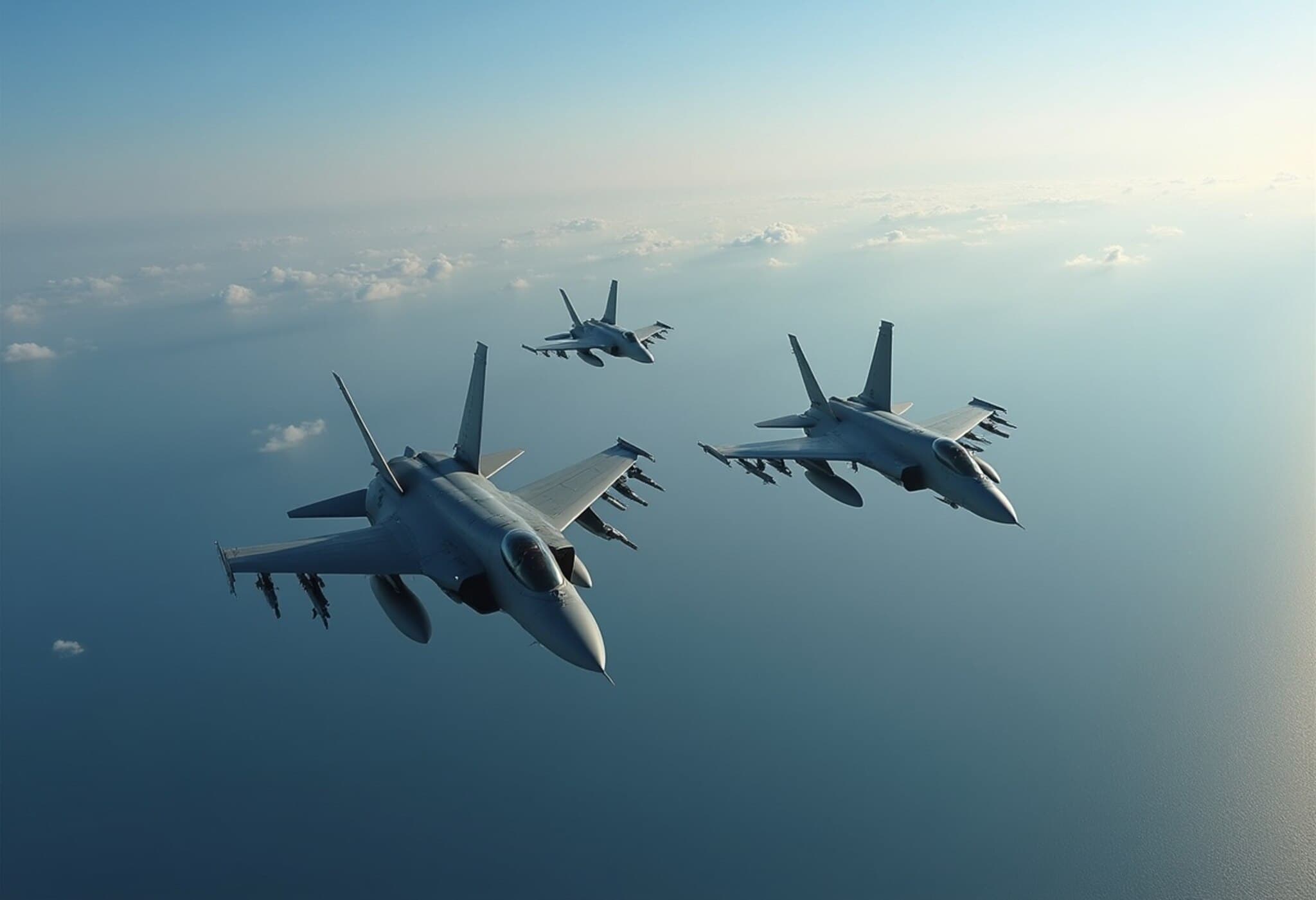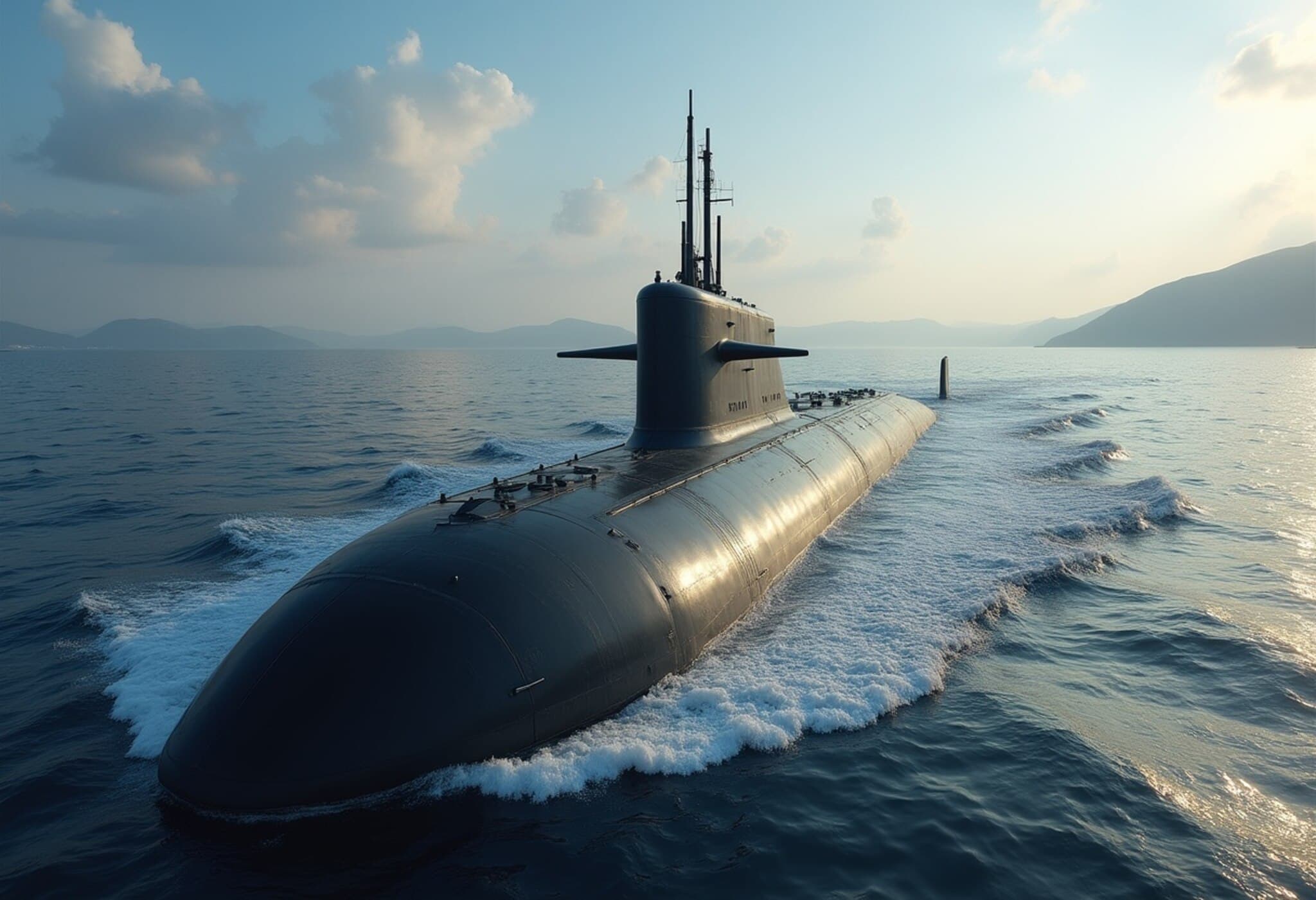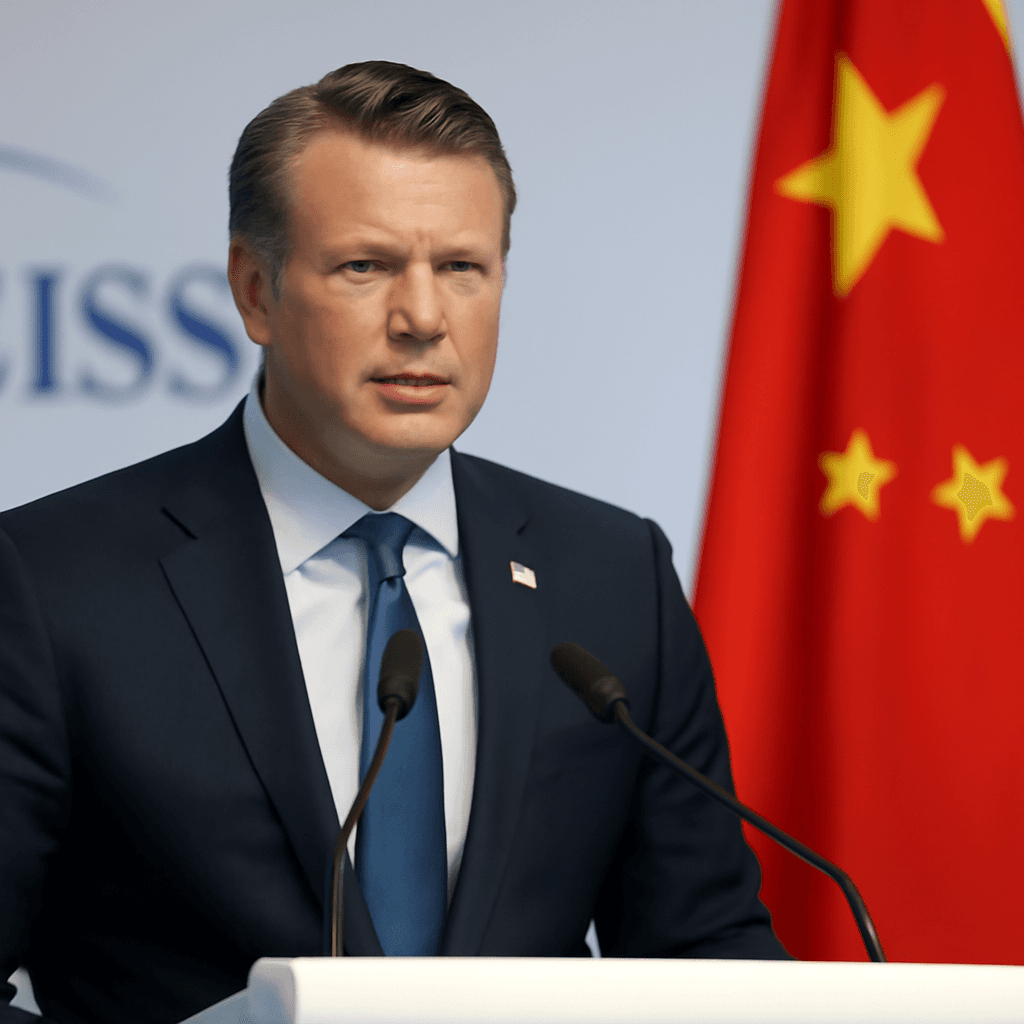Aerial Brinkmanship in the East China Sea: China’s JH-7 Comes Within 30 Metres of Japan’s YS-11EB
In a stark reminder of mounting tensions in the Indo-Pacific, Chinese JH-7 fighter jets flew dangerously close to Japanese YS-11EB electronic-intelligence aircraft over international airspace above the East China Sea on July 9 and 10, 2025. Japan’s Ministry of Defense confirmed that on two consecutive days, the Chinese planes approached as close as 30 metres, raising fears of accidental collisions and further destabilizing an already volatile region.
Contextualizing the Confrontation
This episode is the latest manifestation of China’s increasing militarized posture across the Indo-Pacific, where it frequently challenges neighboring countries' air and maritime operations. China’s assertive approach is driven by its expansive territorial claims, many of which remain disputed by Japan, Taiwan, and other regional actors.
Japan’s Ministry of Defense emphasized that no physical damage was reported, but the close-quarter interaction underscores a pattern of calculated risk-taking by Beijing to exert pressure without triggering full-scale conflict. Historically, China has used these maneuvers as thinly veiled attempts at coercion, signaling its unwillingness to back down from contested territories in the East China Sea and beyond.
Diplomatic Repercussions and Responses
While China has yet to directly address this specific incident, it previously accused Japan of engaging in espionage by flying close to Chinese aircraft—illustrating the mistrust fuelling these encounters. In response, Japan’s Vice Foreign Minister Takehiro Funakoshi conveyed “serious concern” to Chinese Ambassador Wu Jianghao, urging restraint to avoid accidental collisions in this sensitive airspace.
Such diplomatic protests highlight the delicate balancing act both Washington and Tokyo face as they support freedom of navigation while avoiding overt military escalation. Just last month, China also flew a warplane near Japan’s P-3C surveillance aircraft during the first joint Japanese-American carrier operation in the Pacific, showing this behavior is becoming more frequent and bold.
Economic Ties Amid Strategic Rivalry
Interestingly, these military tensions unfold alongside tentative economic rapprochement between the two countries. Following years of strained relations, Japan and China reached an agreement to resume Japanese beef exports banned since 2001, and China relaxed partial restrictions on Japanese seafood imports. This paradox of confrontation paired with commerce reflects Beijing’s dual strategy of leveraging economic interdependence even as it sharpens military posturing.
Similar patterns are evident in China’s dealings with other neighbors, like India, where economic and diplomatic engagements coexist uneasily alongside measures such as fertilizer export halts and rare earth licensing refusals. This duality complicates regional stability and demands nuanced policy approaches from the US and its allies.
What Lies Ahead?
Experts warn that such aerial brinkmanship risks accidental conflict, especially as both China and Japan continue to modernize and expand their military capabilities. The international community is closely watching if diplomatic channels can curtail these dangerous encounters or if they will escalate into more serious confrontations.
Key Takeaways
- Aerial distances as close as 30 metres between military aircraft significantly increase risk of inadvertent collision.
- These incidents form part of a broader pattern of Chinese assertiveness in contested airspace surrounding the East China Sea.
- Diplomatic dialogue continues but is often overshadowed by provocative maneuvers.
- Economic ties coexist with strategic rivalry, complicating regional dynamics.
- International observers urge caution, emphasizing risk of unintended conflict escalation.
Editor’s Note
The recent near-collision between China’s JH-7 and Japan’s YS-11EB is more than just an isolated incident—it reflects a broader, unsettling trend of heightened military tensions coupled with complex economic interdependence. As the Indo-Pacific becomes the focal point of great-power competition, understanding the subtle interplay between aggression and diplomacy is crucial. Readers should consider the delicate dance nations perform to assert dominance without provoking open conflict, and the importance of strengthening communication and confidence-building measures to avoid catastrophic accidents.



















